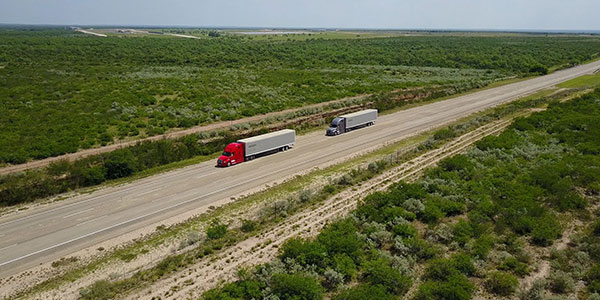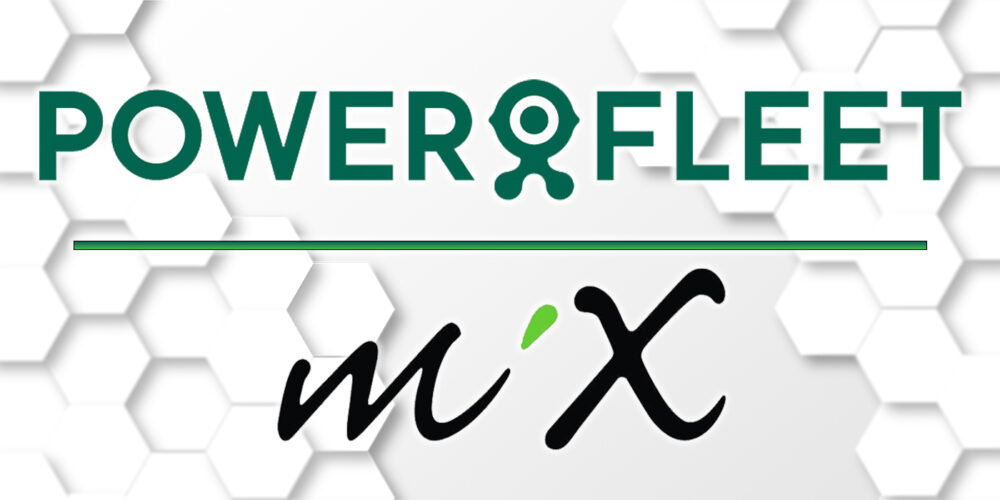
Still have questions about the 3G sunset, the future of 5G and how your telematics solutions will integrate with it all? Read on!
How will data from the new hardware jive with the data from old hardware?
“Data being pulled in from new hardware will be the same to data being pulled in from the older hardware—it is data apples to data apples. However, fleets may want to consider the limitations put on that data by older devices, such as connectivity speeds.” —John Binder, director of wireless operations for Trimble Transportation
What happens if a 3G device loses its network connection?
“In the event that a 3G unit loses coverage, the data is simply stored locally on the device until the connection can be re-established. However, a loss of coverage means that fleets will no longer have real-time access to location and engine diagnostics data and will have delays when communicating with the field. Coverage could also prevent a driver’s ability to send log files to enforcement officers during roadside inspections and could impact some device applications, like route navigation, from working properly.” —Paul Nagy, chief product officer at Omnitracs
Still running AOBRD as an ELD solution?
Save yourself a headache by skipping over a 3G solution and focusing on the 4G LTE transition.
“For the more than 600,000 trucks that have not yet upgraded to ELD from AOBRD, make an informed decision to buy an ELD-connected device that communicates by 4G LTE now. I’d highly recommend investing with a service provider that is financially solid and is a trusted technology partner. Do not pay for the new hardware or new subscription until you are fully installed with your upgraded connected services and trained on how to use ELD and any other services, then make the switch before the end of this year.” —Colin Sutherland, executive vice president of Geotab
What solutions will the faster cell networks of tomorrow provide?
“With 4G LTE, fleets will be able to leverage video products, to further help mitigate risk and liability and help improve safety. Newer generation hardware will provide an improved end-user experience. Faster processors and larger memory in devices will give greater insight into vehicle performance. Faster speed network connections will support in-vehicle Wi-Fi, as well as video solutions and added Bluetooth capabilities that will give greater visibility to drivers.” —Michael Maddux, vice president of product at Verizon Connect
For more on this topic, click here to read Your guide to the 3G sunset.













